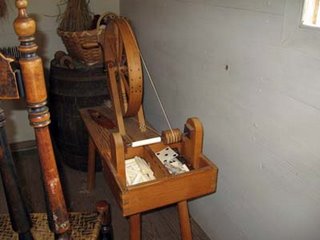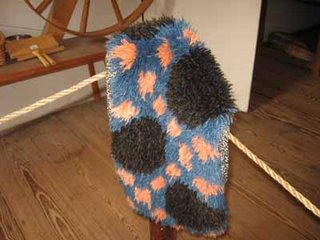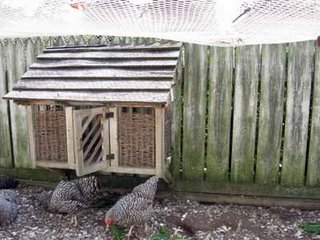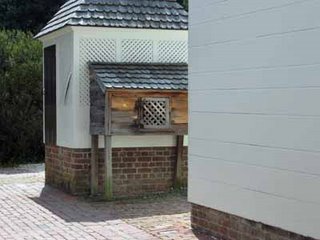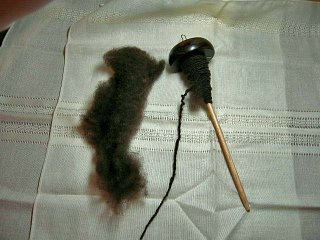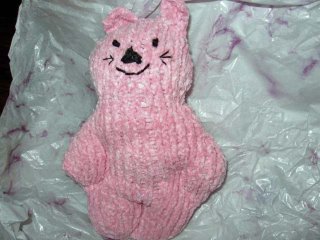The first area we visited was the state park. This is the actual land of the original settlement, although none of the original buildings are there anymore. In fact, the entire visit consisted of a five mile drive through swamp land. I was amazed just how desolate it was. I did not see any wildlife, not even water fowl. Part of the road looked like this:

Along the five mile drive, there would be pull offs, with sign boards explaining important parts of the settlement. It was interesting reading. But imagine my surprise when we pulled up to this sign:
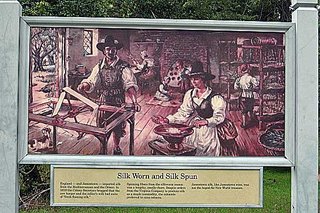
Yes! they actually raised and reeled silk worms at the original Jamestown. I could not get the photo clear enough for you to read the words. It explains that the business of silk was moderately successful, because it was so expensive to bring silk to the colony. However the inferior quality of the fabric, along with the 'horrific' smell, meant the industry eventually died out.
After this drive we went to the actual rebuilt Jamestown location. This has a brand new visitor center, lots of history and artifacts, a movie about the history of Jamestown as well as a recreated Indian village and settlers fort. When you walk out of the visitors center and down the path, you ease back into time and finally see this in the trees:

The reenactors were dressed in lovely buckskin, used original antler tools and had a primitive garden growing. Although their survival no longer depends on their skills, these people were doing the daily life of the Indian, at least for their eight hour shift! I was fascinated by the construction of the hut, made with stitched together reed. Here's a picture of the outside of the hut:
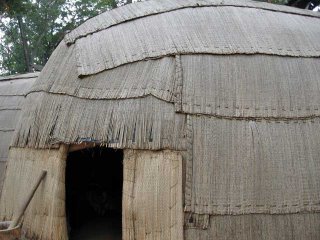
And even more authentic, this inside of the hut:
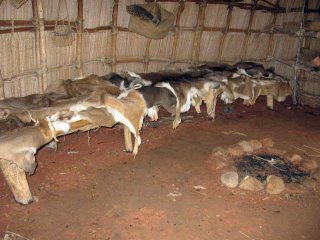
I spent a long time talking to one lady that was weaving a basket from cordage, made with grass. She had a younger girl, twisting and twirling the strands, with her fingers and on her knee. It's your very basic finger spinning, and was the basis for all of the fiber work done by these Indians. Even sinew would be corded in this fashion, and then hung with a weight to stretch and bind the cordage into a tight bond. If you are not familiar with this method of making cord, go here and look at the left hand side bar for a moving illustration.
I found that website while research a plant mentioned to me while I talked to the Indian man that was making bowstrings. He said that the Indians had discovered that sinew strips had the problem of stretching when they got wet, and that was disasterous when used for bowstrings. At some point they started using the inner bark of the dogbane plant, which will strip out in very fine fibers once the plant stem is dead. This website gives some good information on just how the plant is used, and how to strip the fiber from the bark. It is a wide spread plant and could have been used to replace the hemp industry if persued. But like all things of history, once a course is set, it seldom seems there is room for new ideas.
I left the Indian village musing over just who first discovered those fibers in that plant stem. Was some Indian lady, sitting in her hut, fussing about the fibrous content of this stem? Did her husband, picking up the discarded strands try and handle it like the sinew bowstring he usually made? Or did some Indian youngster pick it up, practice making cord and tie up their hair for the next day's work only to have another friend pull it out as an emergency bowstring! Ah, it was a fun muse.
Since Jamestown is the location of the landing of the ships, they have two recreated ships there on the water. These can be boarded and explored while several historical folk answer questions. The settlers left England late Dec, about five days before Christmas. Oh what a Christmas that must have been, that first on out on the high seas. It took them until almost May 1st to reach Jamestown and they lived all of those months on three tiny ships. They did not just sail straight across the Atlantic (or as it was known in that period of time in England, the western sea). They went south to the islands, and hopped along there following the gulf stream and then up again north on that same gulf stream. Thus it took them those many months to make the trip.
Here's a picture of one ship, the Susan Constant:

After those close quarters of the ship, how wonderful it must have been to be on land. The settlers had plenty of materials to work with, but oh how hard that work must have been to build even one house. This roofing was thatch:
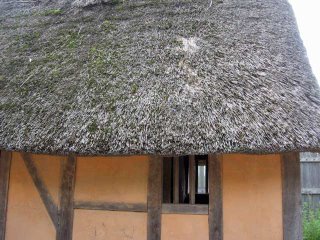
And the sides, mud and waddle:
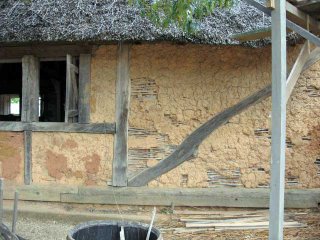
But second after building a roof for their heads, was the church. And it was by far the most beautiful of what I saw at Jamestown, for all of it's simplicity it still speaks of worship and hope and love.
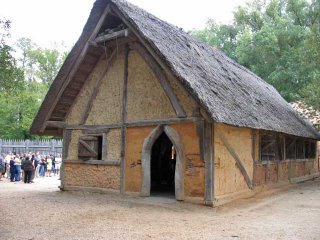
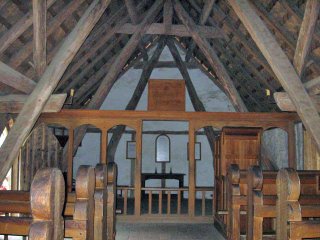
All people will see history in their own eyes, and so this was a fiber slant to Jamestown's history. There is much much more there to see and do, and each visitor will bring their own slant to the history.
CW







